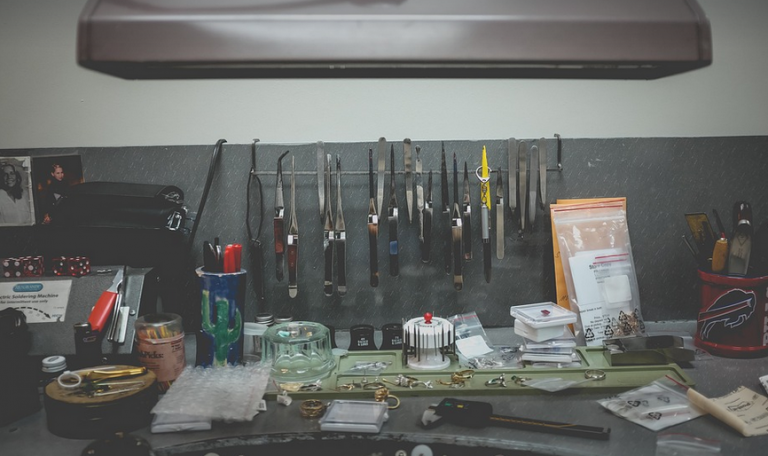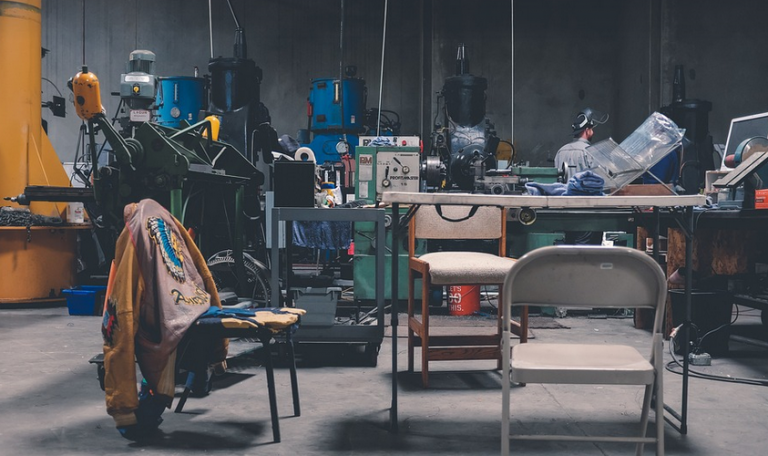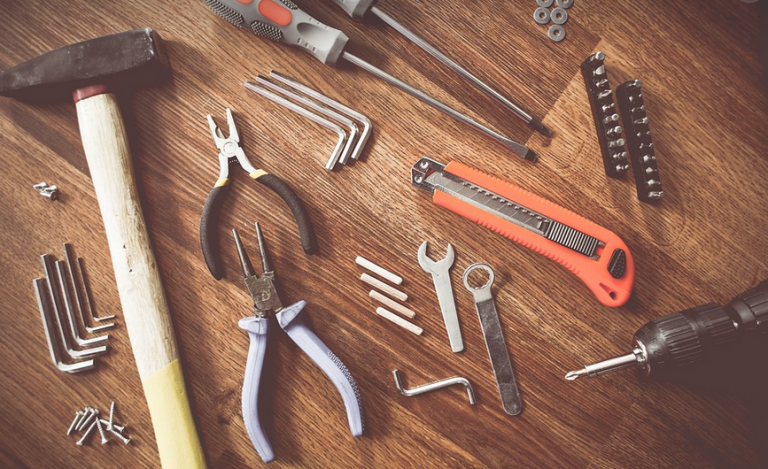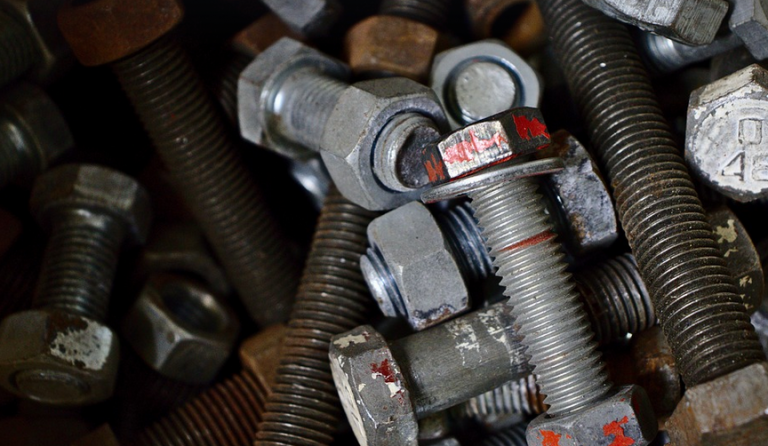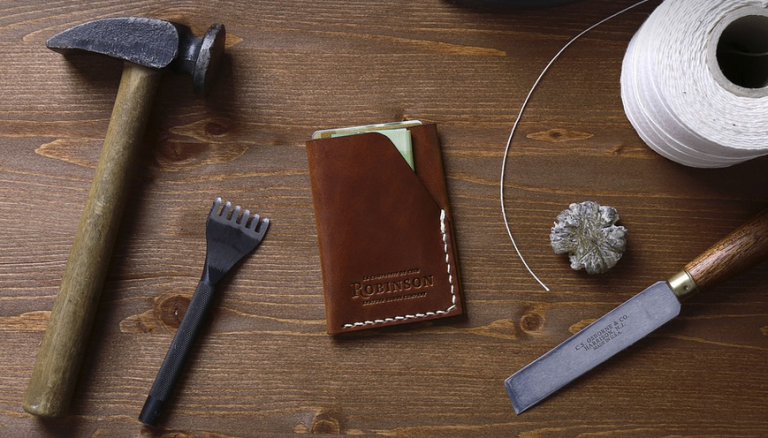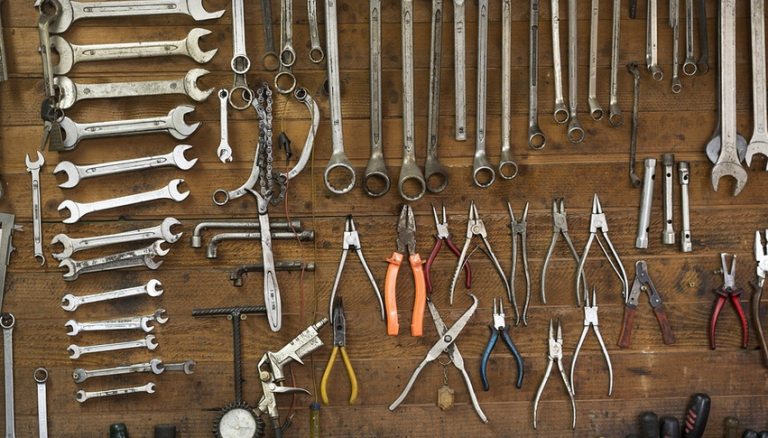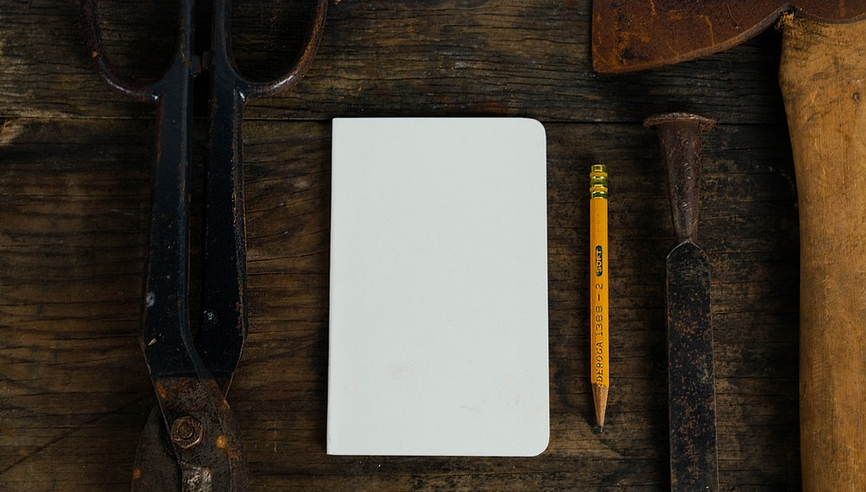
Sharpening Your Pocket Knives for Ultimate Tactical Prowess
There’s nothing quite like the satisfying click of a perfectly sharpened pocket knife, and it’s a skill that takes practice and dedication to master. For those who rely on their knives every day, whether hunting, EDC, or just for small tasks around the house, having a sharpener at your side is essential. But with so many options available these days, choosing the right one can be challenging.
The best pocket knife sharpener of 2025 will depend on what you’re looking for and your budget. What’s better than a perfectly sharpened blade that cuts through anything? There are several types of sharpeners available, each with its own advantages and disadvantages. In this guide, we’ll delve into the world of pocket knife sharpeners and help you choose the perfect one for your needs.
The first thing to consider is your budget. Pocket knife sharpeners range from under $20 to over $500. But before jumping in, let’s break down some key features to look for:
Key Features to Consider
**Type of Sharpening:**
There are two main types of pocket knife sharpeners: manual and electric.
Manual sharpeners typically involve using a file, honing steel, or sharpening stone. These require some effort and skill to use properly but are excellent for achieving precise results and building your knife-sharpening skills.
Electric sharpeners offer convenience and speed compared to manual options. They often have built-in features like adjustable angles and safety guards.
**Ease of Use:** Many people, especially those new to sharpening, prefer a simpler setup.
**Angle Guides:** A well-designed angle guide helps you maintain a consistent bevel angle while sharpening, resulting in a straighter, sharper blade. You can find guides with precision markings or adjustable options that work with different angles.
Manual Sharpeners: A Classic Choice
Those who value the art of hand-honing and prefer a more traditional approach will appreciate the classic manual sharpeners. Here’s why they are so popular:
- **Precise Control:** You have complete control over the sharpening process, allowing you to create custom bevel angles.
- **No Electricity Required:** You don’t need an outlet or batteries. This is a great option for outdoor use or in areas where access to power might be limited.
- **Affordable Options:** You can find manual sharpeners at various price points, making them accessible to any budget.
**Manual Sharpening Techniques:**
To achieve a sharp edge on your pocketknife, you’ll need to follow specific techniques. The most popular method is the “stropping” technique:
Electric Sharpener: Speed and Convenience
For those who prefer speed, convenience, or want to tackle larger knives, electric sharpeners are a great choice. But before you jump in, let’s look at the benefits of these tools:
- **Speed and Efficiency:** Electric sharpeners quickly and effectively sharpen your blades.
- **Consistent Bevel Angles:** These sharpeners often come with adjustable angles, ensuring consistent beveling throughout
- **Safety Features:** Many electric sharpeners incorporate safety features like guards to prevent injuries.
- **Easy to Use:** Most of them are user-friendly and require minimal effort.
Choosing the Right Electric Sharpener:
The best electric sharpener for you will depend on your specific needs:
- **Sharpening Needs:** Will you be using it primarily for pocket knives or other blades?
- **Budget:** How much are you willing to spend on an electric sharpener?
- **Features:** Does a built-in angle guide, adjustable speed controls, or extra features matter to you?
Beyond Manual and Electric: Other Options
You may also find yourself exploring other sharpening styles. Here are some popular options:
- **Burr Sharpeners:** These specialized sharpeners create a fine, angled bevel by using burrs that remove tiny amounts of metal from the blade.
- **Sharpening Stones:** These classic tools use abrasive stones to hone and refine your knives. They can be quite effective for sharpening knives but require consistent maintenance and skill to use properly.
Maintenance for Your Sharpener
Regardless of the type you choose, maintaining your sharpener is crucial for its longevity and effectiveness. Here’s a quick guide:
**For Manual Sharpeners:** After each sharpening session, wipe down your sharpening stones or files to remove any debris or dust build-up.
**For Electric Sharpeners:** Follow the manufacturer’s recommendations for regular cleaning and maintenance. Some units may require periodic lubrication of moving parts.
Sharpening Your Knives: A Step-by-Step Guide
Before you begin, ensure your knives are free from debris or rust and take care to avoid damaging the blade by striking the edge with excessive force. Sharpen your blades slowly, carefully following each step for the best results:
**1. Assess Your Knife’s Edge:** Examine the sharpness of your knife’s edge and make adjustments as needed.
**2. Prepare Your Tools:** Make sure you have the appropriate tools such as a sharpening stone or file. For electric sharpeners, just follow the instructions and ensure all safety features are in place
**3. Lay Out The Guide:** Ensure your knife sits at a 30-degree angle to your chosen guide while holding it firmly with one hand. Then, position your other hand near the edge of the blade for support.
**4. Use Consistent Pressure:** Maintain consistent pressure as you move along the blade’s edge. Apply gentle pressure and repeat this process a few times or until you feel confident in your sharpening skills.
**5. Test Your Knife’s Edge:** After each step, test the sharpness of your knife’s edge. You should be able to easily cut through paper or thin fabric without any resistance.
Following these steps will help you sharpen your pocket knives to perfection and enjoy a lifetime of reliable performance.
With the right knowledge, tools, and practice, you can become a master of sharpening. The best part is: it’s a skill you’ll never regret learning!
